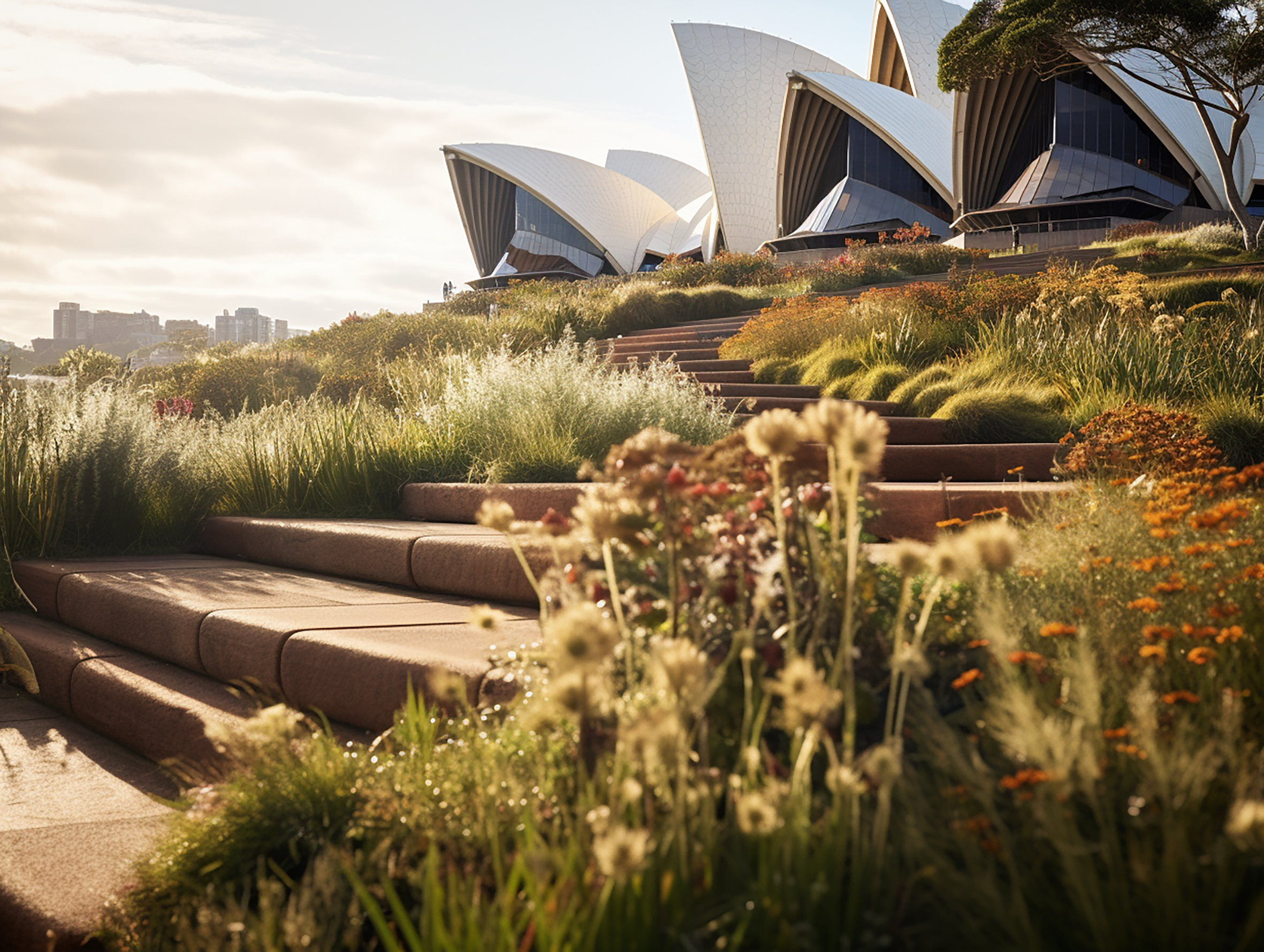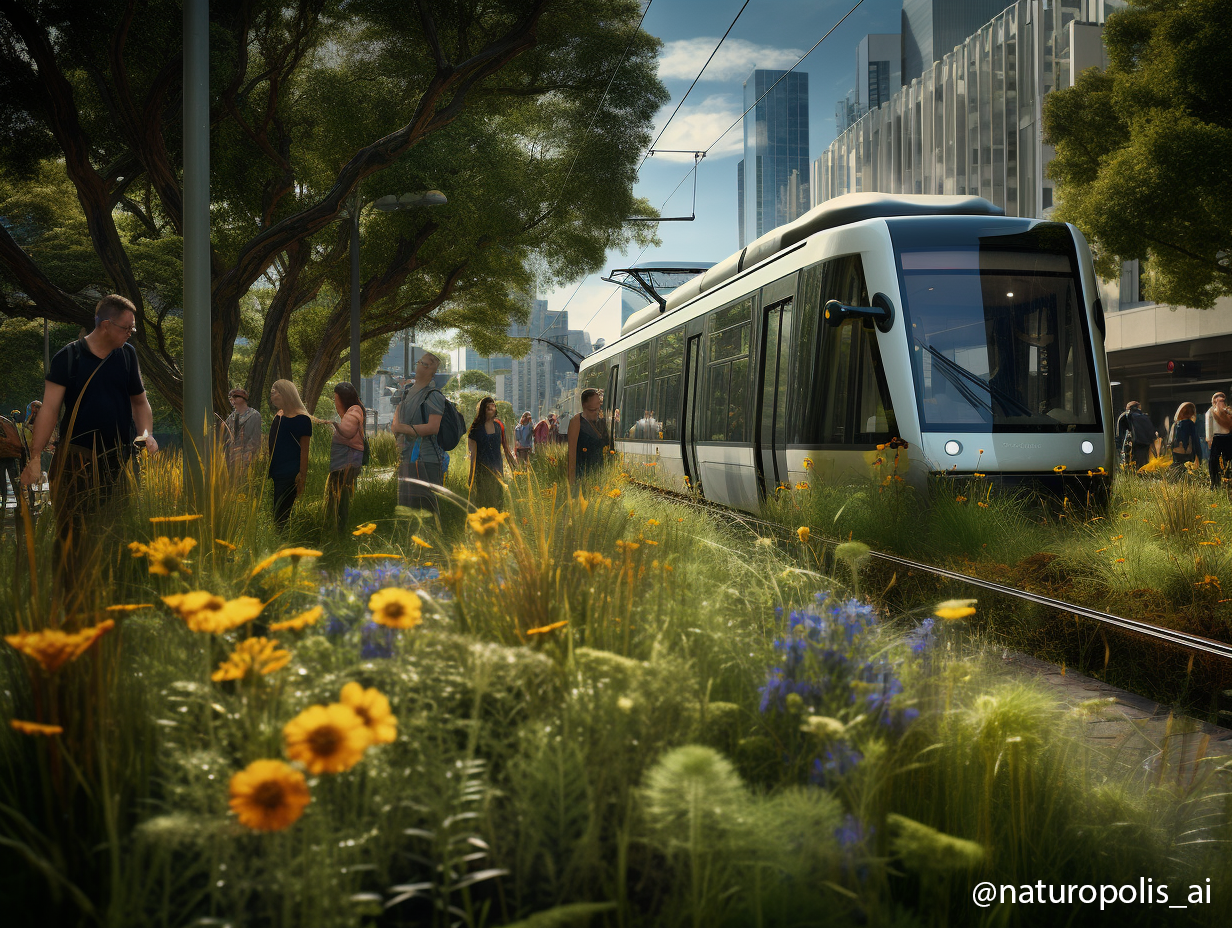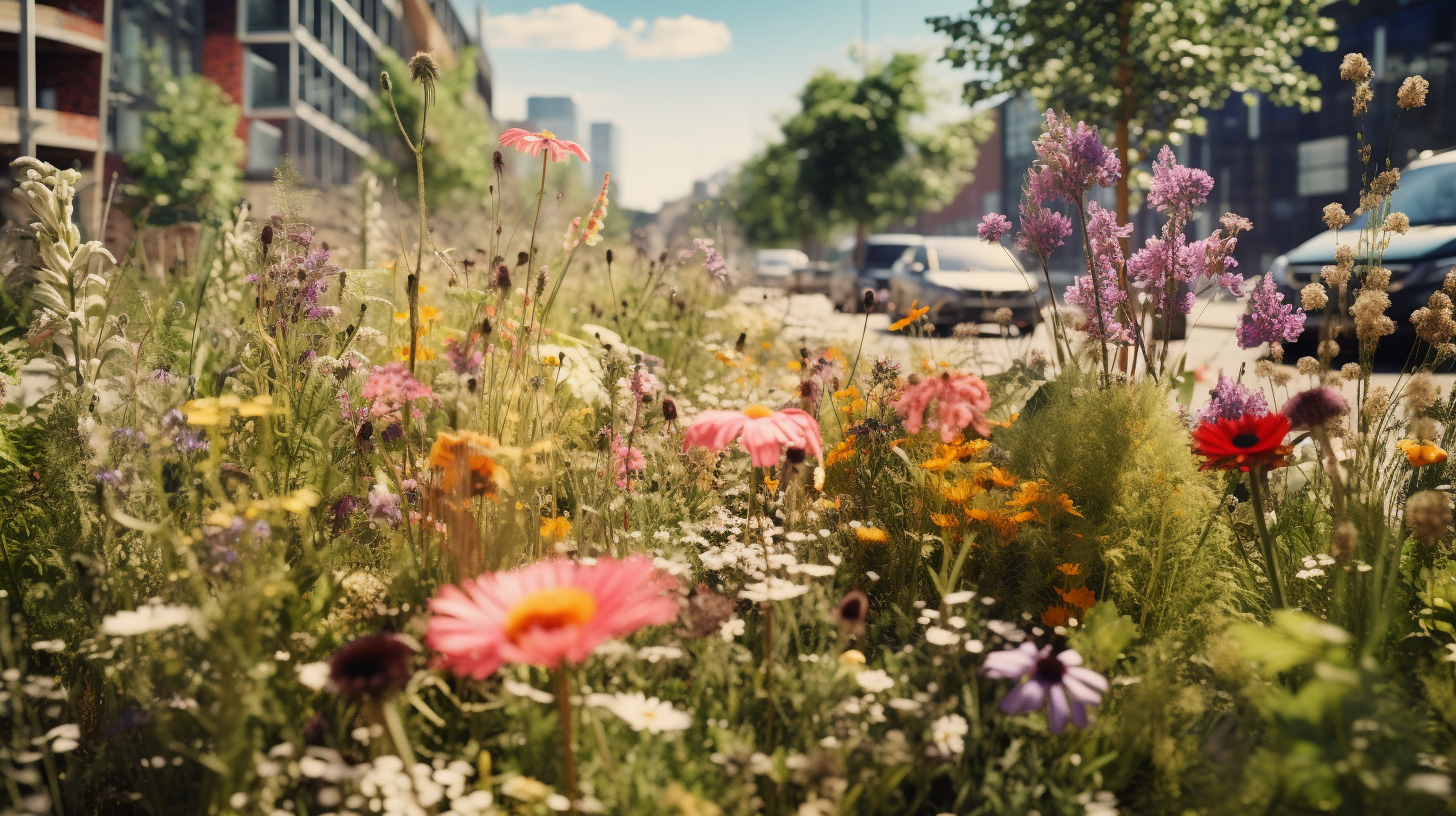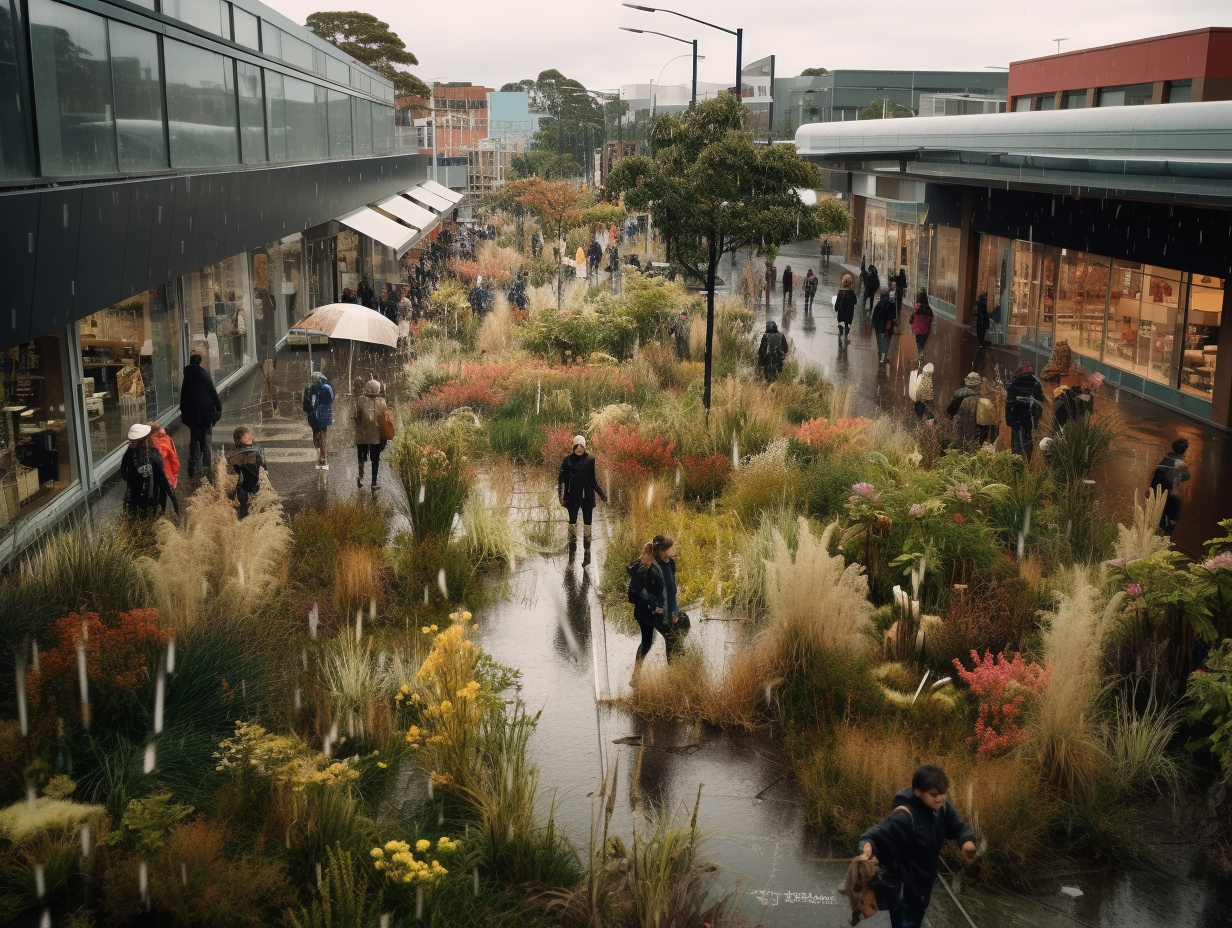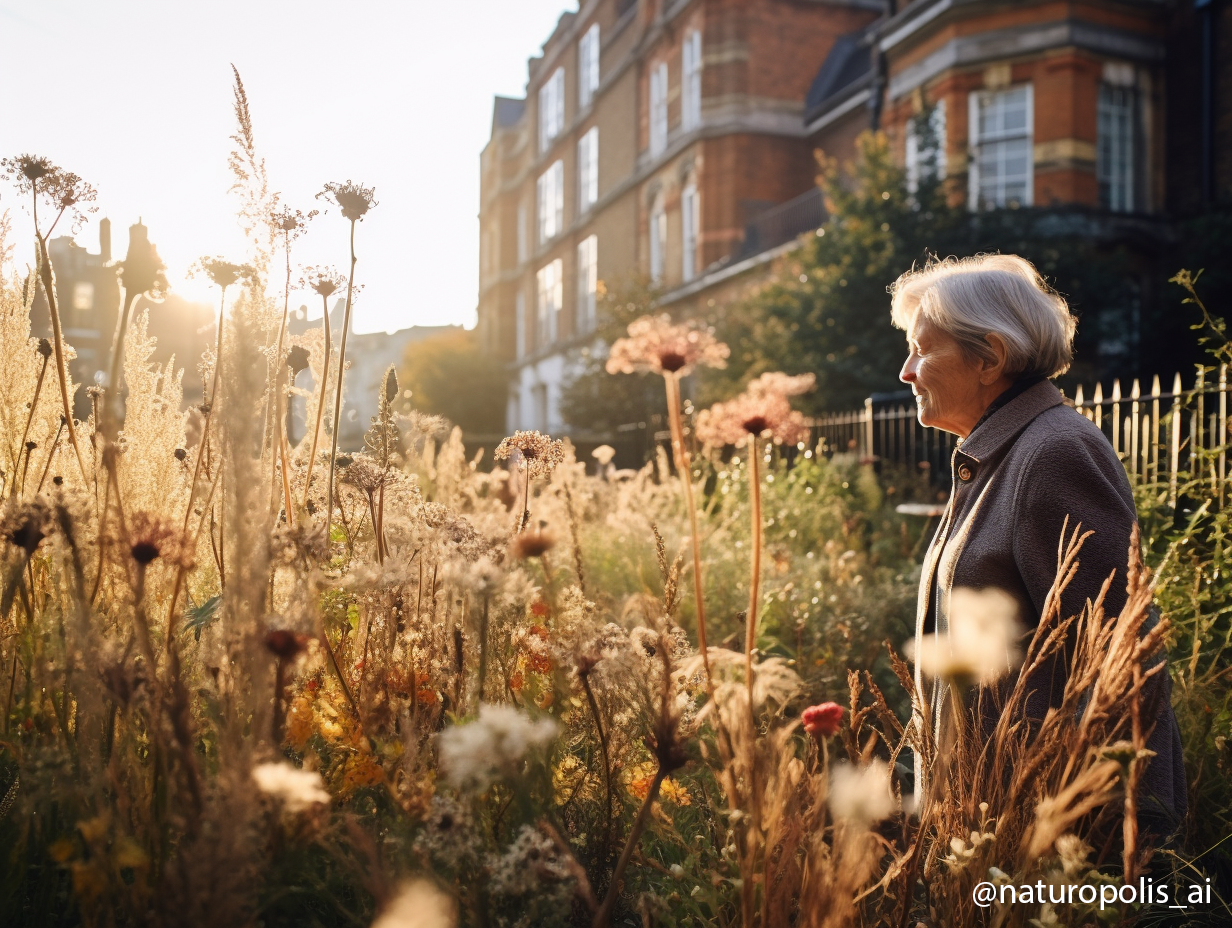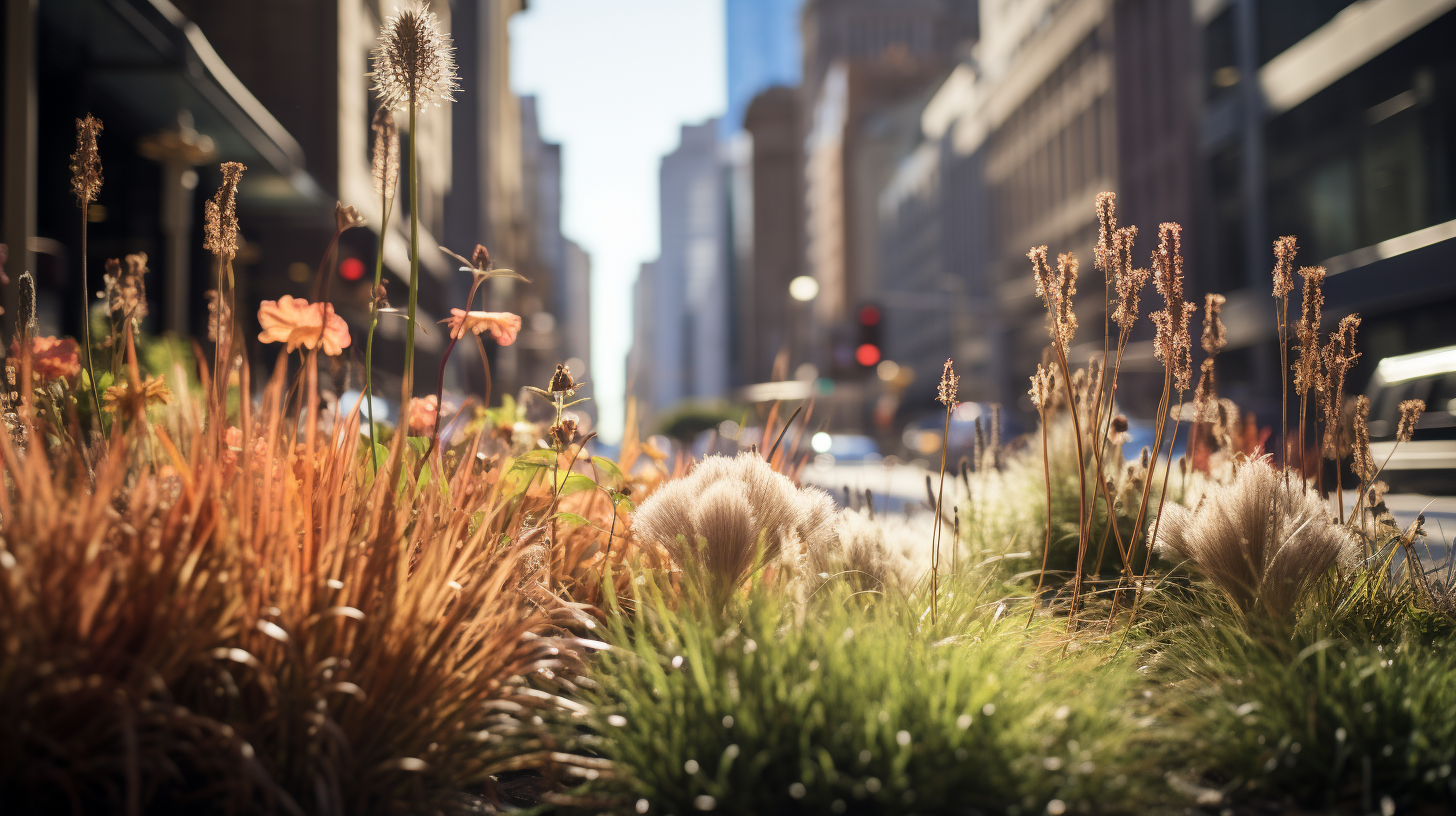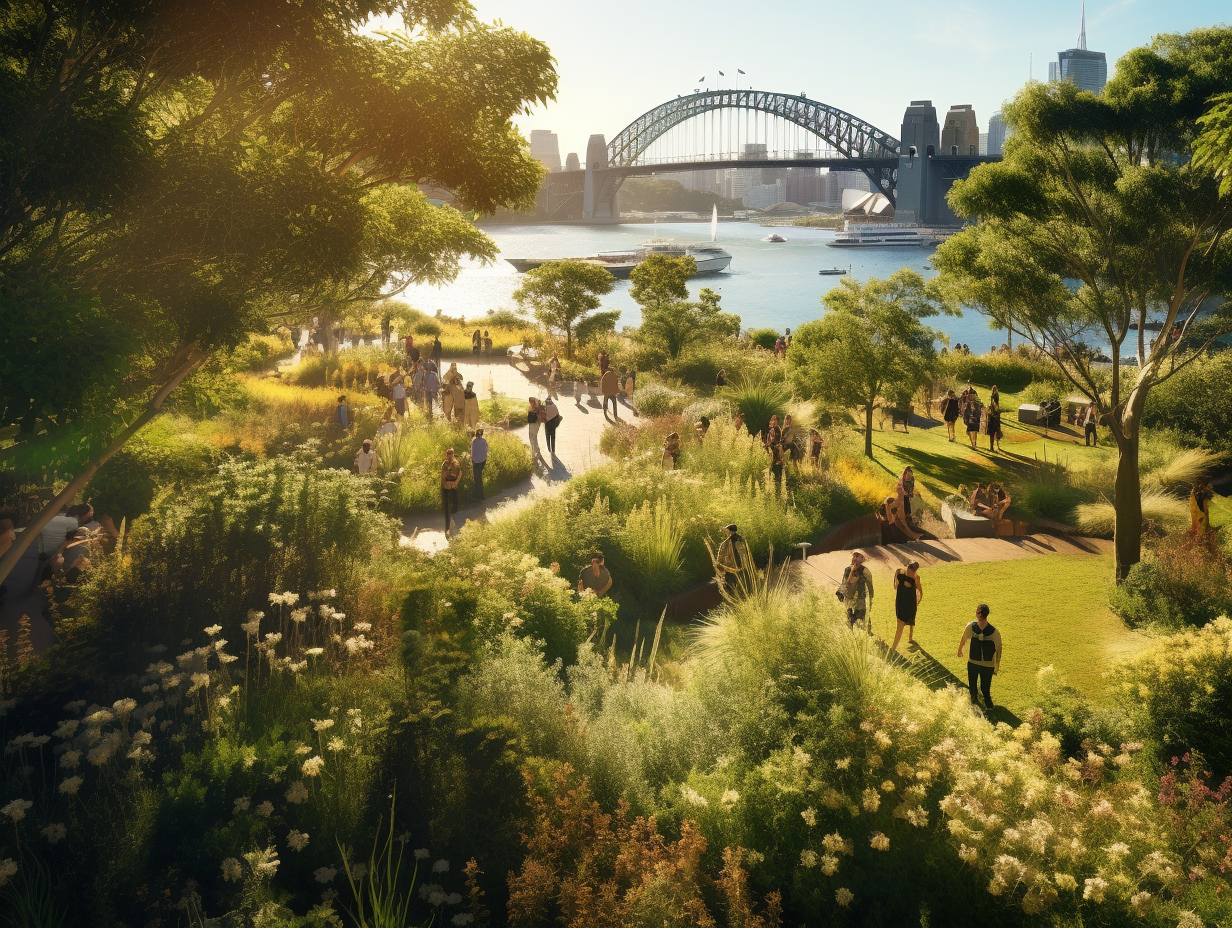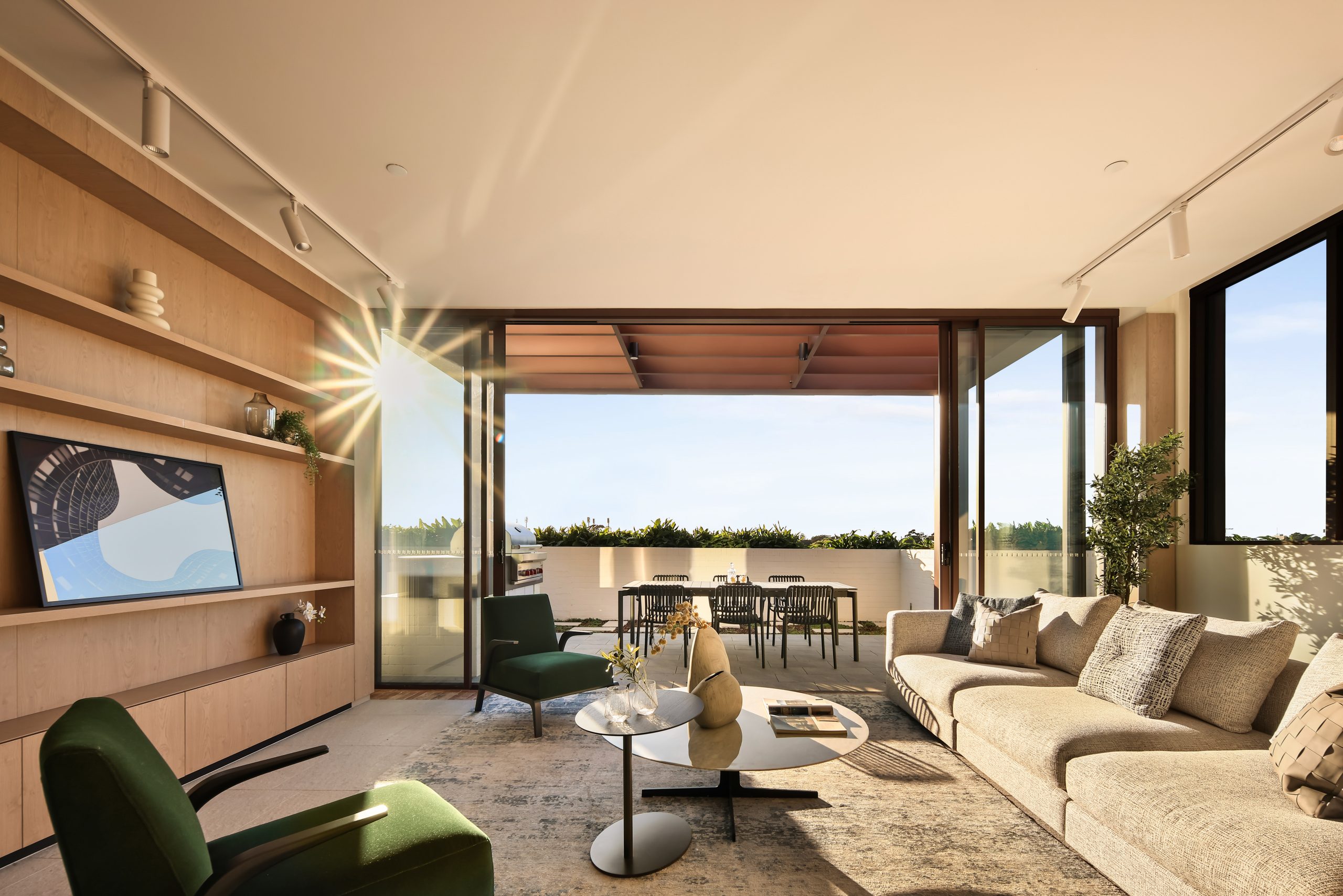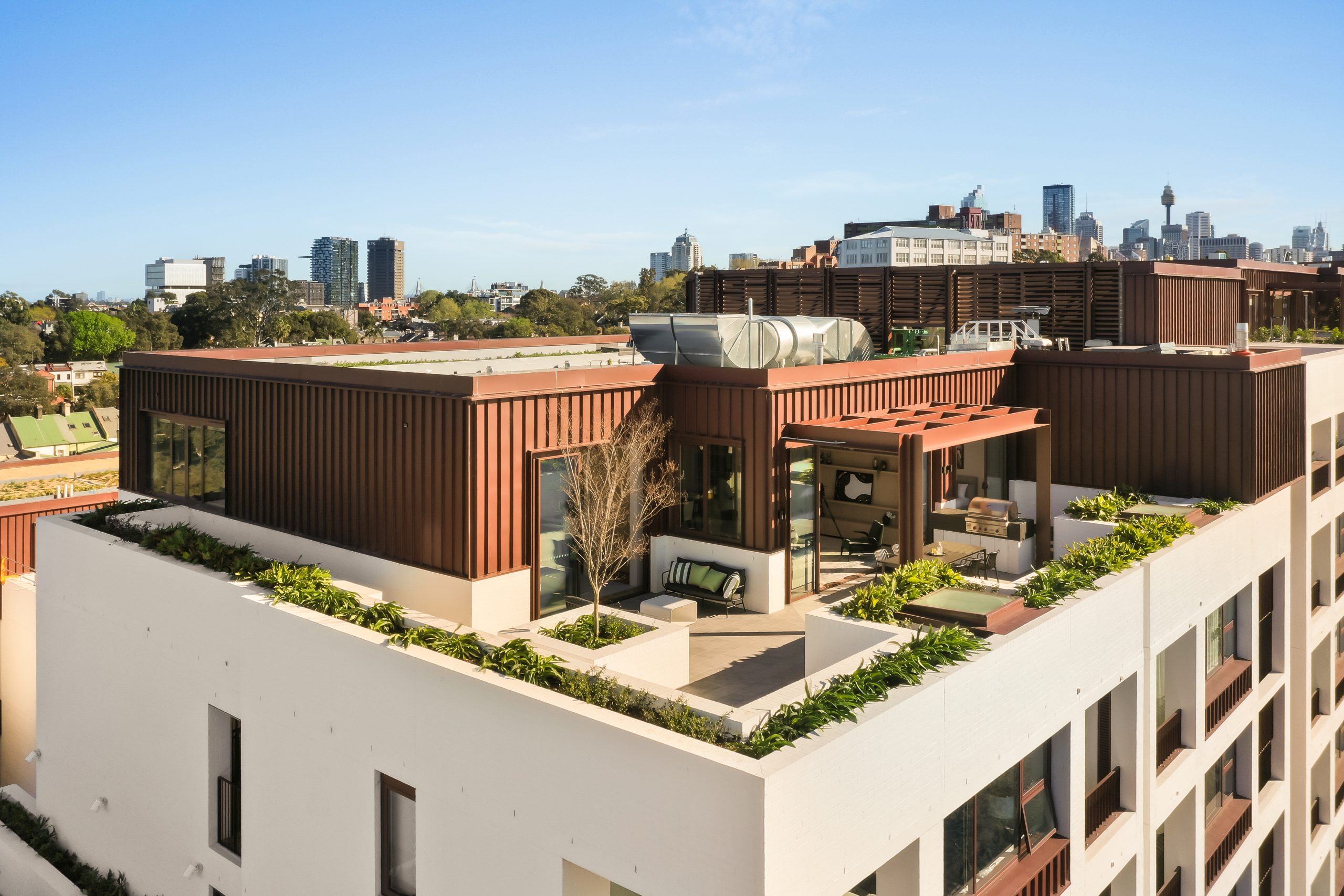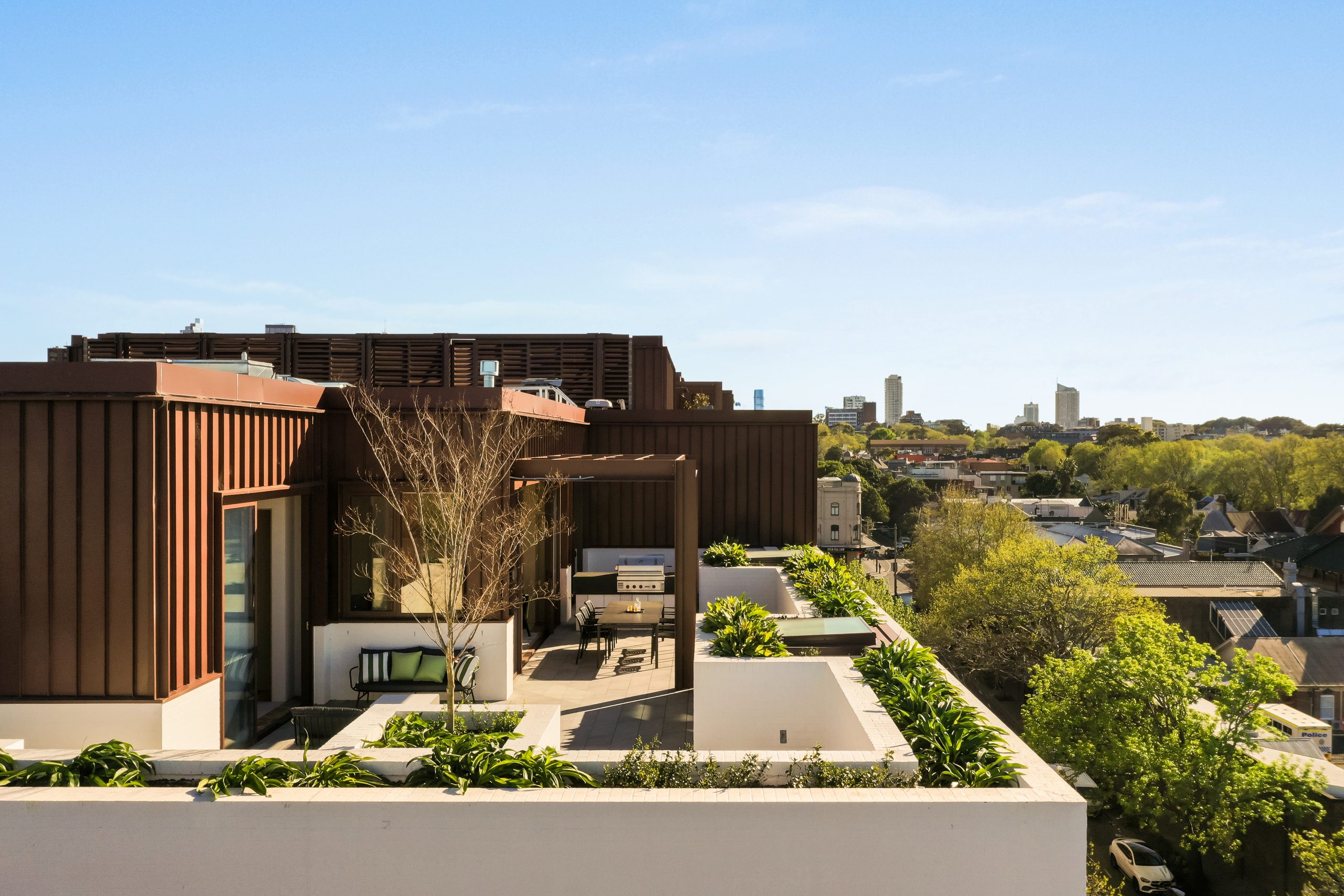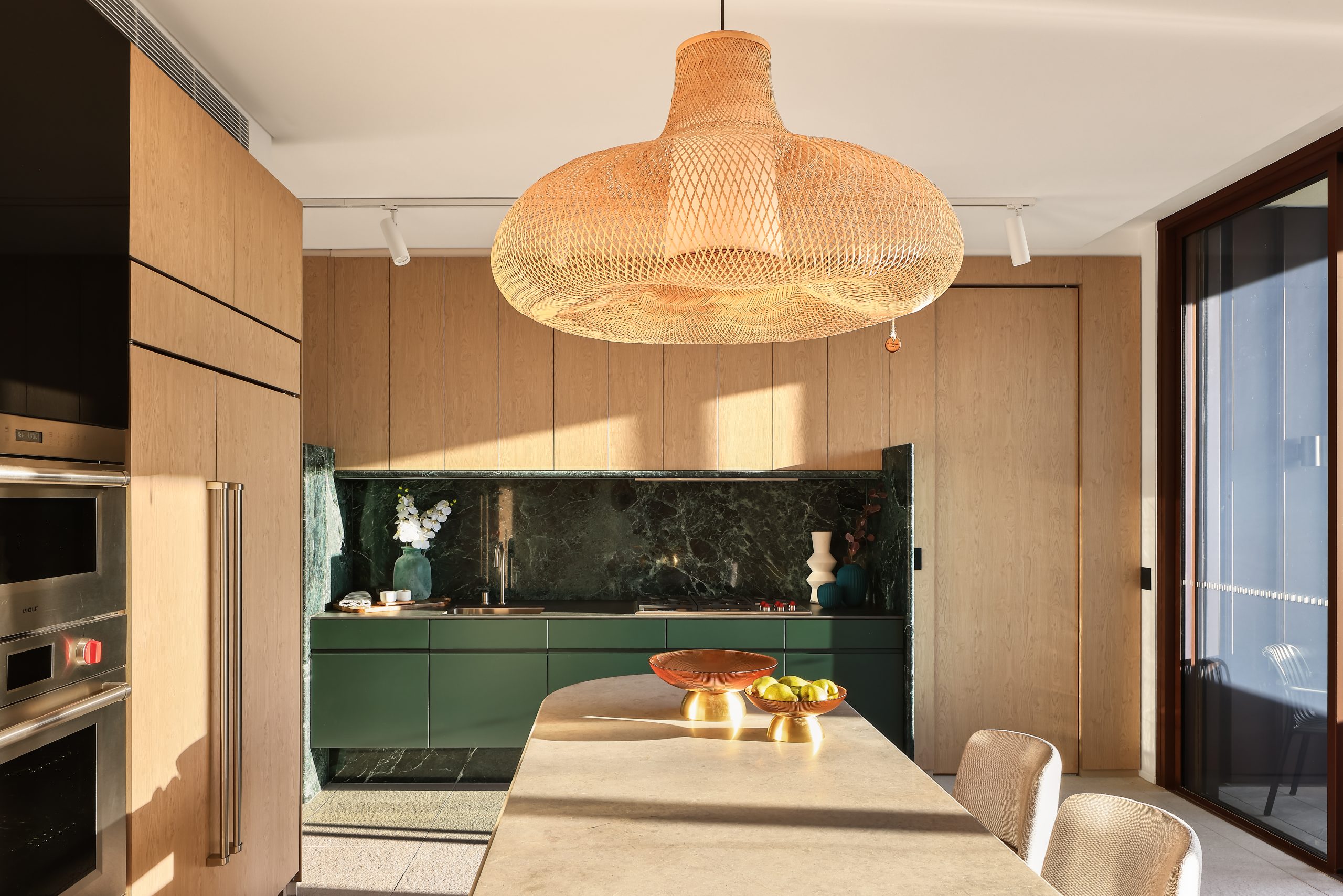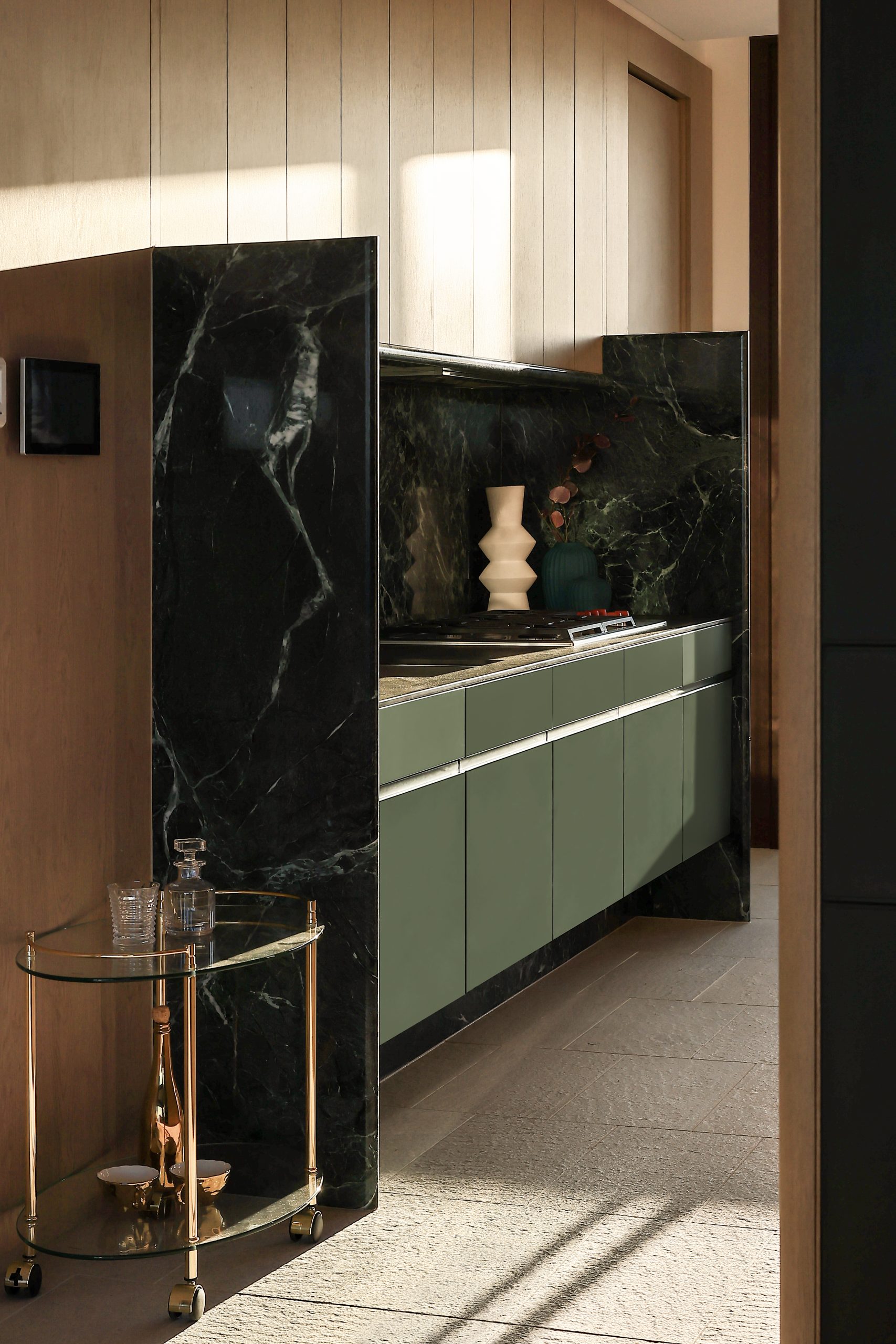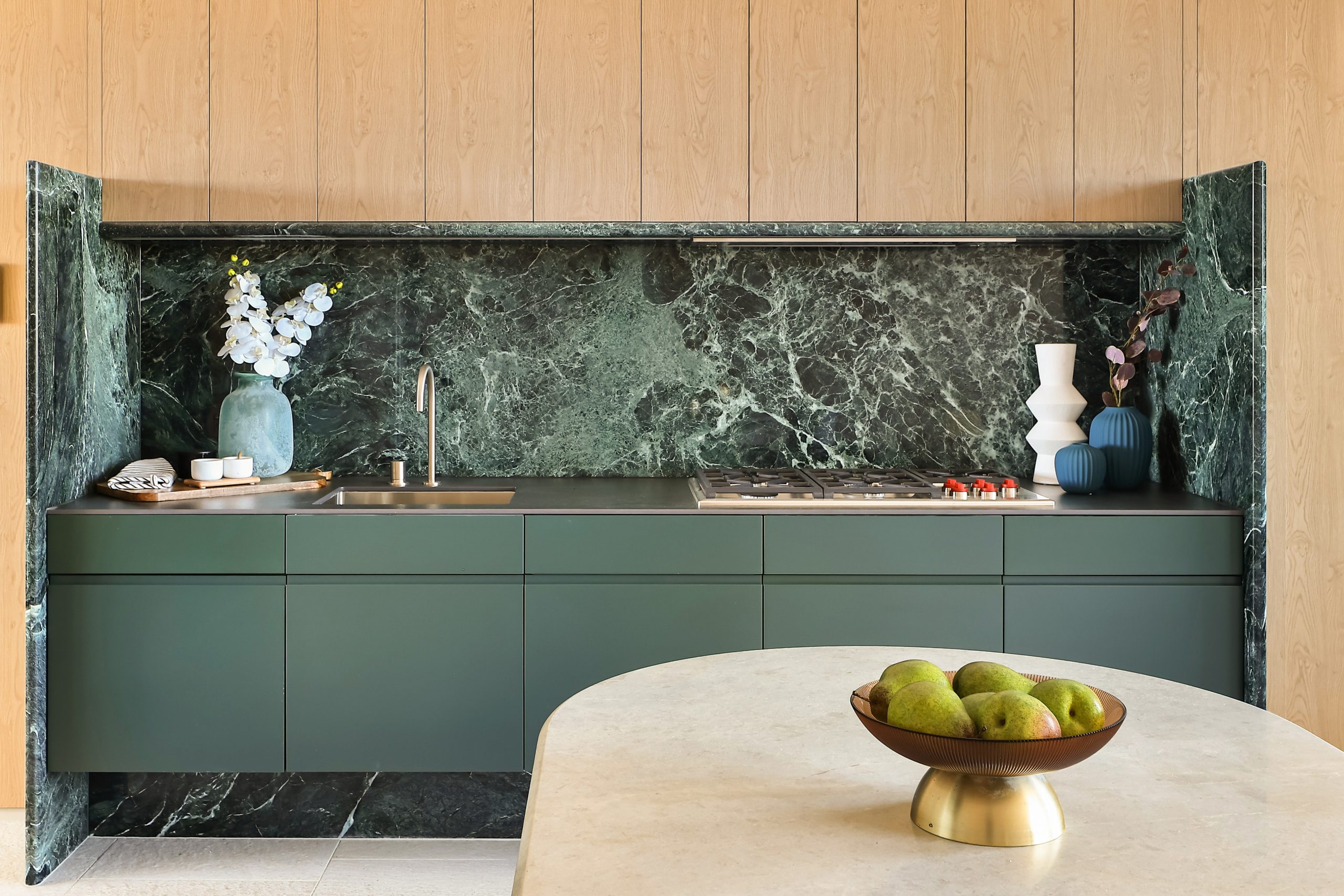Wild cities and concrete corridors: How AI is reimagining the landscape
A new AI-driven account by leading landscape architect Jon Hazelwood pushes the boundaries on the role of ‘complex nature’ in the future of our cities
Drifts of ground cover plants and wildflowers along the steps of the Sydney Opera House, traffic obscured by meadow-like planting and kangaroos pausing on city streets.
This is the way our cities could be, as imagined by landscape architect Jon Hazelwood, principal at multi-disciplinary architectural firm Hassell. He has been exploring the possibilities of rewilding urban spaces using AI for his Instagram account, Naturopolis_ai with visually arresting outcomes.
“It took me a few weeks to get interesting results,” he said. “I really like the ephemeral nature of the images — you will never see it again and none of those plants are real.
“The AI engine makes an approximation of a grevillea.”
Hazelwood chose some of the most iconic locations in Australia, including the Sydney Opera House and the Harbour Bridge, as well as international cities such as Paris and London, to demonstrate the impact of untamed green spaces on streetscapes, plazas and public space.
He said he hopes to provoke a conversation about the artificial separation between our cities and the broader environment, exploring ways to break down the barriers and promote biodiversity.
“A lot of the planning (for public spaces) is very limited,” Hazelwood said. “There are 110,000 species of plants in Australia and we probably use about 12 in our (public) planting schemes.
“Often it’s for practical reasons because they’re tough and drought tolerant — but it’s not the whole story.”
Hazelwood pointed to the work of UK landscape architect Prof Nigel Dunnett, who has championed wild garden design in urban spaces. He has drawn interest in recent years for his work transforming the brutalist apartment block at the Barbican in London into a meadow-like environment with diverse plantings of grasses and perennials.
Hazelwood said it is this kind of ‘complex nature’ that is required for cities to thrive into the future, but it can be hard to convince planners and developers of the benefits.
“We have been doing a lot of work on how we get complex nature because complexity of species drives biodiversity,” he said.
“But when we try to propose the space the questions are: how are we going to maintain it? Where is the lawn?
“A lot of our work is demonstrating you can get those things and still provide a complex environment.”
At the moment, Hassell together with the University of Melbourne is trialling options at the Hills Showground Metro Station in Sydney, where the remaining ground level planting has been replaced with more than 100 different species of plants and flowers to encourage diversity without the need for regular maintenance. But more needs to be done, Hazelwood said.
“It needs bottom-up change,” he said. ““There is work being done at government level around nature positive cities, but equally there needs to be changes in the range of plants that nurseries grow, and in the way our city landscapes are maintained and managed.”
And there’s no AI option for that.
This stylish family home combines a classic palette and finishes with a flexible floorplan
Just 55 minutes from Sydney, make this your creative getaway located in the majestic Hawkesbury region.
A Sydney site with a questionable past is reborn as a luxe residential environment ideal for indulging in dining out
Long-term Sydney residents always had handful of not-so-glamourous nicknames for the building on the corner of Cleveland and Baptist Streets straddling Redfern and Surry Hills, but after a modern rebirth that’s all changed.
Once known as “Murder Mall” or “Methadone Mall”, the 1960s-built Surry Hills Shopping Centre was a magnet for colourful characters and questionable behaviour. Today, however, a $500 million facelift of the site — alongside a slow and steady gentrification of the two neighbouring suburbs — the prime corner property has been transformed into a luxury apartment complex Surry Hills Village by developer Toga Group.
The crowning feature of the 122-apartment project is the three-bedroom penthouse, fully completed and just released to market with a $7.5 million price guide.
Measuring 211sqm of internal space, with a 136sqm terrace complete with landscaping, the penthouse is the brand new brainchild of Surry Hills local Adam Haddow, director of architecture at award-winning firm SJB.
Victoria Judge, senior associate and co-interior design lead at SJB says Surry Hills Village sets a new residential benchmark for the southern end of Surry Hills.
“The residential offering is well-appointed, confident, luxe and bohemian. Smart enough to know what makes good living, and cool enough to hold its own amongst design-centric Surry Hills.”
Allan Vidor, managing director of Toga Group, adds that the penthouse is the quintessential jewel in the crown of Surry Hills Village.
“Bringing together a distinct design that draws on the beauty and vibrancy of Sydney; grand spaces and the finest finishes across a significant footprint, located only a stone’s throw away from the exciting cultural hub of Crown St and Surry Hills.”
Created to maximise views of the city skyline and parkland, the top floor apartment has a practical layout including a wide private lobby leading to the main living room, a sleek kitchen featuring Pietra Verde marble and a concealed butler’s pantry Sub-Zero Wolf appliances, full-height Aspen elm joinery panels hiding storage throughout, flamed Saville stone flooring, a powder room, and two car spaces with a personal EV.
All three bedrooms have large wardrobes and ensuites with bathrooms fittings such as freestanding baths, artisan penny tiles, emerald marble surfaces and brushed-nickel accents.
Additional features of the entertainer’s home include leather-bound joinery doors opening to a full wet bar with Sub-Zero wine fridge and Sub-Zero Wolf barbecue.
The Surry Hills Village precinct will open in stages until autumn next year and once complete, Wunderlich Lane will be home to a collection of 25 restaurants and bars plus wellness and boutique retail. The EVE Hotel Sydney will open later in 2024, offering guests an immersive experience in the precinct’s art, culture, and culinary offerings.
The Surry Hills Village penthouse on Baptist is now finished and ready to move into with marketing through Toga Group and inquiries to 1800 554 556.
This stylish family home combines a classic palette and finishes with a flexible floorplan
Just 55 minutes from Sydney, make this your creative getaway located in the majestic Hawkesbury region.









